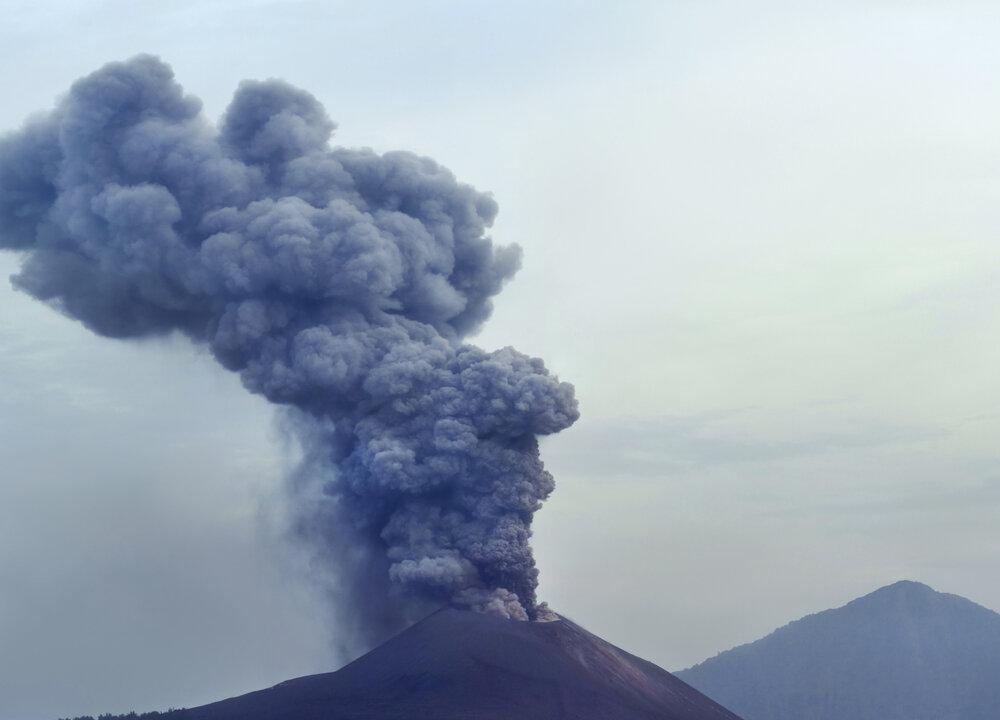Scientists are using climate from the last Ice Age when the American Southwest was much wetter—and the Northwest was much drier—to predict how precipitation patterns will change in the future.
Current odds are 50/50 that the Southwest is headed for a 30-year “mega drought,” researchers say. Meanwhile, the forecast for the Pacific Northwest is continued warming with slightly drier summers and even wetter winters.
Scientists have created the first comprehensive map of the period 21,000 years ago—known as the Last Glacial Maximum—to test and improve the global climate models used to predict how precipitation patterns will change.

Map shows the position of the transition region between the wet and dry climate zones found by the new study. Jessica Oster/Vanderbllt


